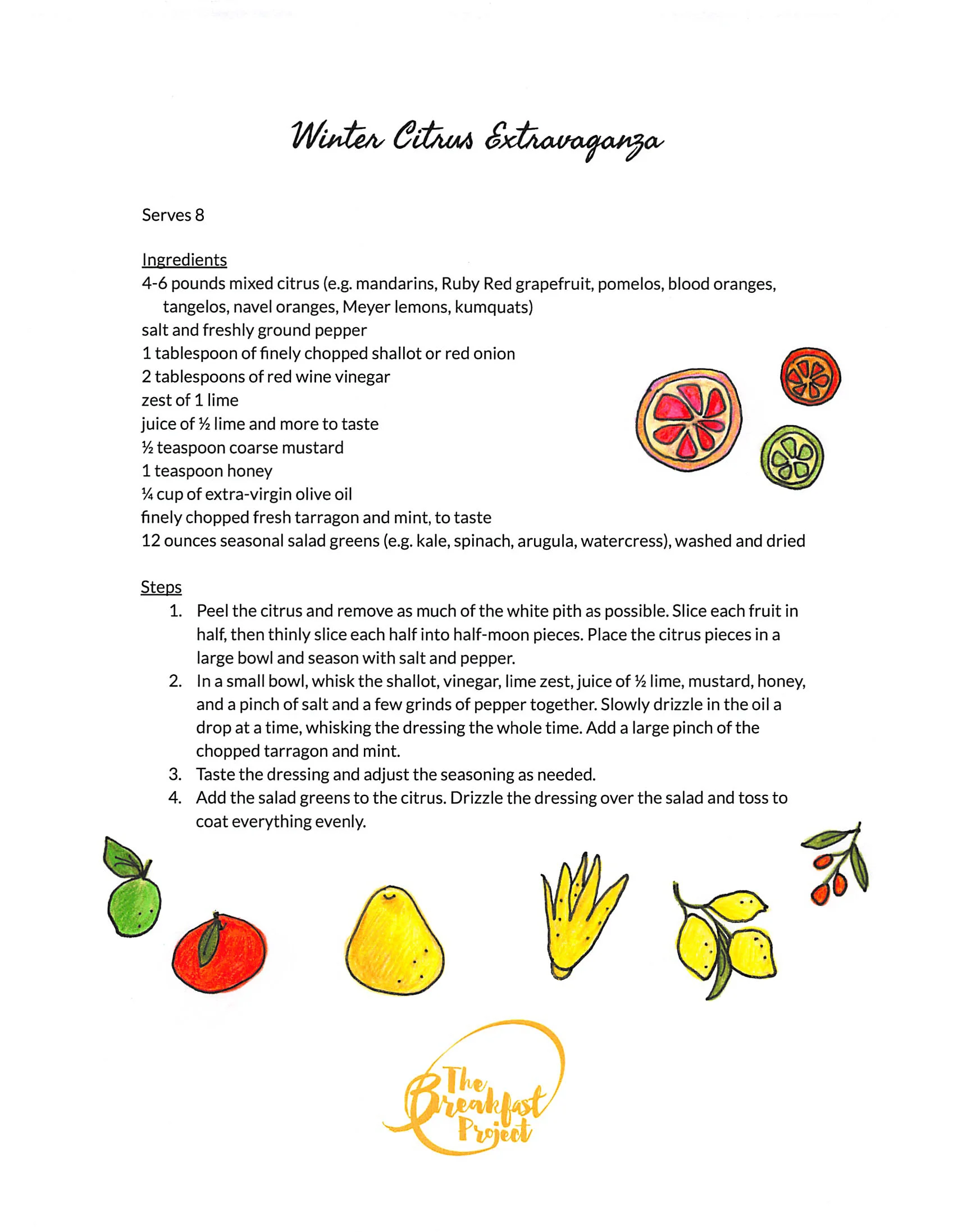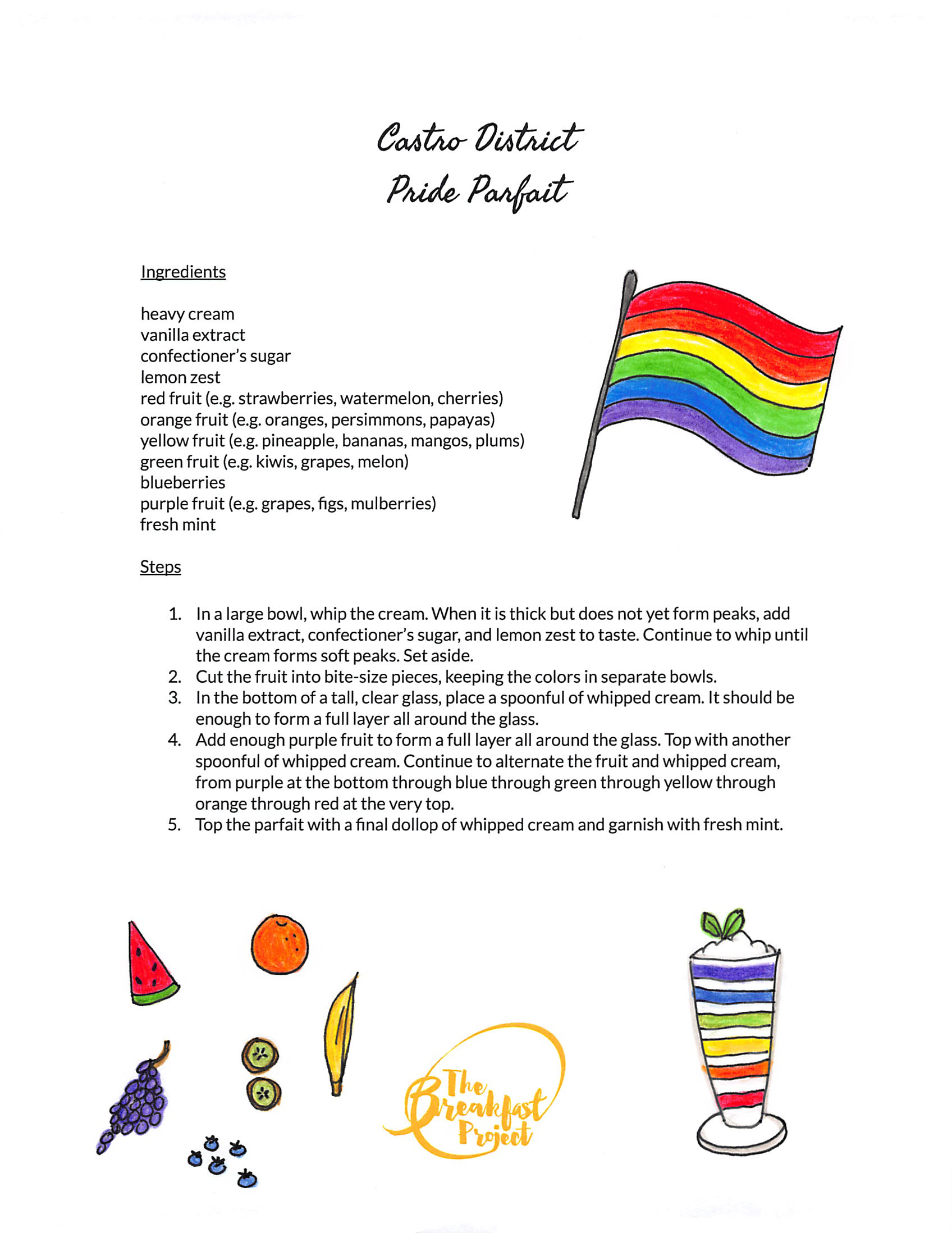We’ve made a number of delicious Mexican breakfasts in the school kitchen over the past few semesters, but never simple yet satisfying huevos rancheros. The dish was so popular we had several chefs waiting at the door at 8 a.m. asking if they could come to class even though they had cooked the morning before!
One group fried the tortillas while another group made pico de gallo, a fresh salsa that is also known as salsa Mexicana for its tribute to the colors of the Mexican flag. By now students are pros at frying eggs, so the meal came together quickly: they spread each tortilla with refried black beans, topped it with an egg and the salsa, and garnished with a squeeze of fresh lime juice, sprigs of cilantro, slices of avocado, and some pickled onions we had leftover from last week’s class. All three mornings the atmosphere was calm, collaborative, and fun. I’m really proud of how far our young cooks have come since the beginning of the year. ¡Salud!




































































































































































































































































